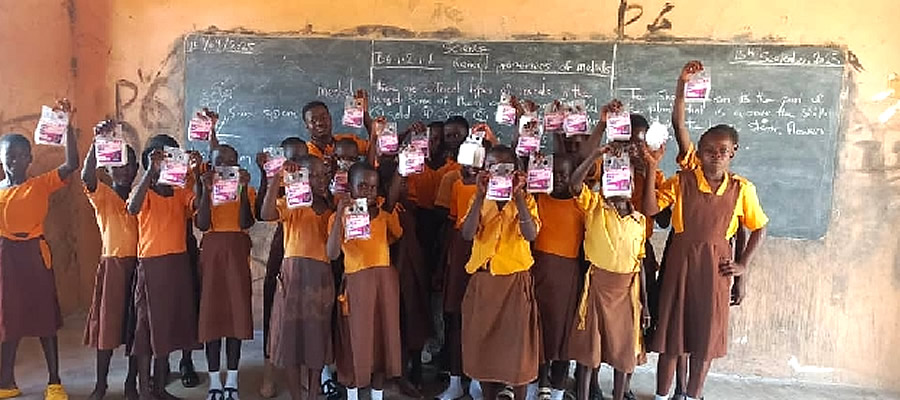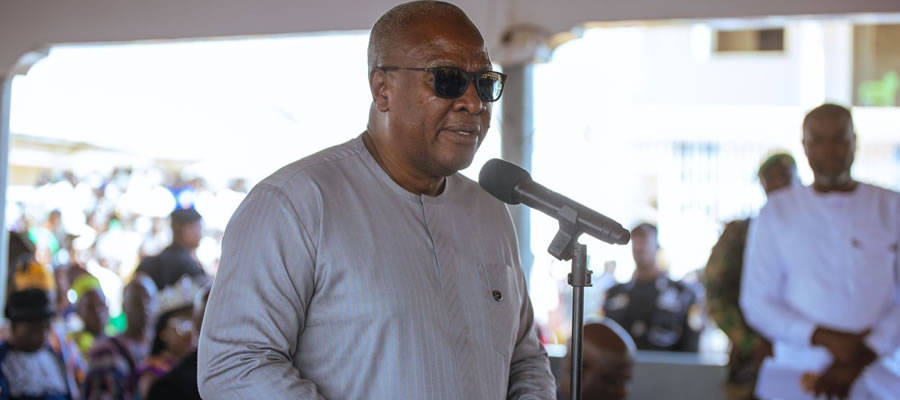

Location and Size
Bawku Municipality is one of the nine districts and municipalities in the Upper East Region of Ghana. It is located approximately between latitudes 11o 111 and 100 401 North and longitude 0o 181w and 0o 61 E in the north-eastern corner of the region. The municipality has a total land area of about 1215 05 sq km. It shares boundaries with Burkina Faso, the Republic of Togo, Bawku West District and Garu – Tempane District to the north, east, west and the south respectively.
Relief and Drainage
The municipality is underlain mainly by Birrimian and granite rock formation. The relief of the municipality easily marks the highest point of the Upper East Region. In areas bordering the basins of the White Volta River and its tributaries, the relief is generally low and slightly undulating with heights of 120-150 metres above sea level. The rest of the municipality consists of a series of plateau surfaces. These being remnants of prolonged periods of weathering and erosion of the scattered hills. The average height of the plateau is 400 metres above sea level, but isolated peaks rise beyond 430 metres as in the case of Zawse hills. Outcrops of rocks are also found in many areas.
The Bawku municipality is drained mainly by the White Volta and its tributaries. Other streams which influence the drainage system include Kulupielega and the Poanaba Kayinchingo. Except in a few areas around the river basin where the drainage becomes poor because of seasonal flooding. The area is generally drained.
Climate
As with the whole of the Upper East Region, Bawku municipality is part of the interior continental climatic zone of the country characterized by pronounced dry and wet seasons. The two seasons are influenced by two oscillating air masses. First is the warm, dusty and dry harmattan air mass which blows in the north eastern direction across the whole municipality from the Sahara Desert. During the period of its influence (late November – early March) rainfall is entirely absent, vapour pressure is very low (less than 10 mb) and relative humidity rarely exceeds 20% during the day but may rise to 60% during the nights and early mornings. Temperatures are usually modest at this time of the year by tropical standards (260c – 280c).
May to October marks the wet season. During this period, the whole of West African sub-region including Bawku municipality is under the influence of a deep tropical maritime air mass. This air mass together with rising conviction currents, provide the municipality with rains.
The total rainfall amounts to averagely 800m per annum. A striking characteristic of the rainfall worth noting is the extreme variability and reliability both between and within seasons. Another striking characteristic is the large quantity of rain water normally lost through evaporation from open water surfaces. Estimates of the volume of rain water loss vary from 1.55mm to 1.65mm per annum.
Vegetation
The vegetation is mainly of the Sohel Savanna type consisting of open Savannah with fire swept grassland separating deciduous trees among which may be seen a few broad-leaved and fire-leached tree species. Parts of the forest reserves include Morago West, Kuka and the White Volta basin. These are protected areas by local authorities and the Municipal Assembly. The Climatic conditions render the municipality susceptible to bush fires in the dry season and thus exacerbate environmental degradation and poverty in the municipality.
Soils
Soils in the Municipality are generally of the savanna ochrosol type. Detailed soil classification reveals four different soil series. These are:
- Varempare series, found mostly around Bawku and surrounding settlement. They are mainly sandy loams associated with hornblende and granites. They are quite permeable with moderately good water retention capacity and are suitable for the cultivation of cereals and legumes.
- Tafali series, similar to the varempare series and found around Binduri and surrounding settlements.
- Gule and Brenyasi series, which occur in the low slope and valleys. These are clay loams used for the cultivation of rice, sorghum (naga red) and dry season vegetable cultivation (onions and tomatoes). The soils in Bawku Municipality as typified by research results at Manga, show low nutrient properties compared with the standard. This renders the fertility of the soils low and normally requires the application of organic manure and chemical fertilizer to support cropping.
Date Created : 12/4/2017 2:11:29 AM











 facebook
facebook
 twitter
twitter
 Youtube
Youtube
 +233 593 831 280
+233 593 831 280 0800 430 430
0800 430 430 GPS: GE-231-4383
GPS: GE-231-4383 info@ghanadistricts.com
info@ghanadistricts.com Box GP1044, Accra, Ghana
Box GP1044, Accra, Ghana